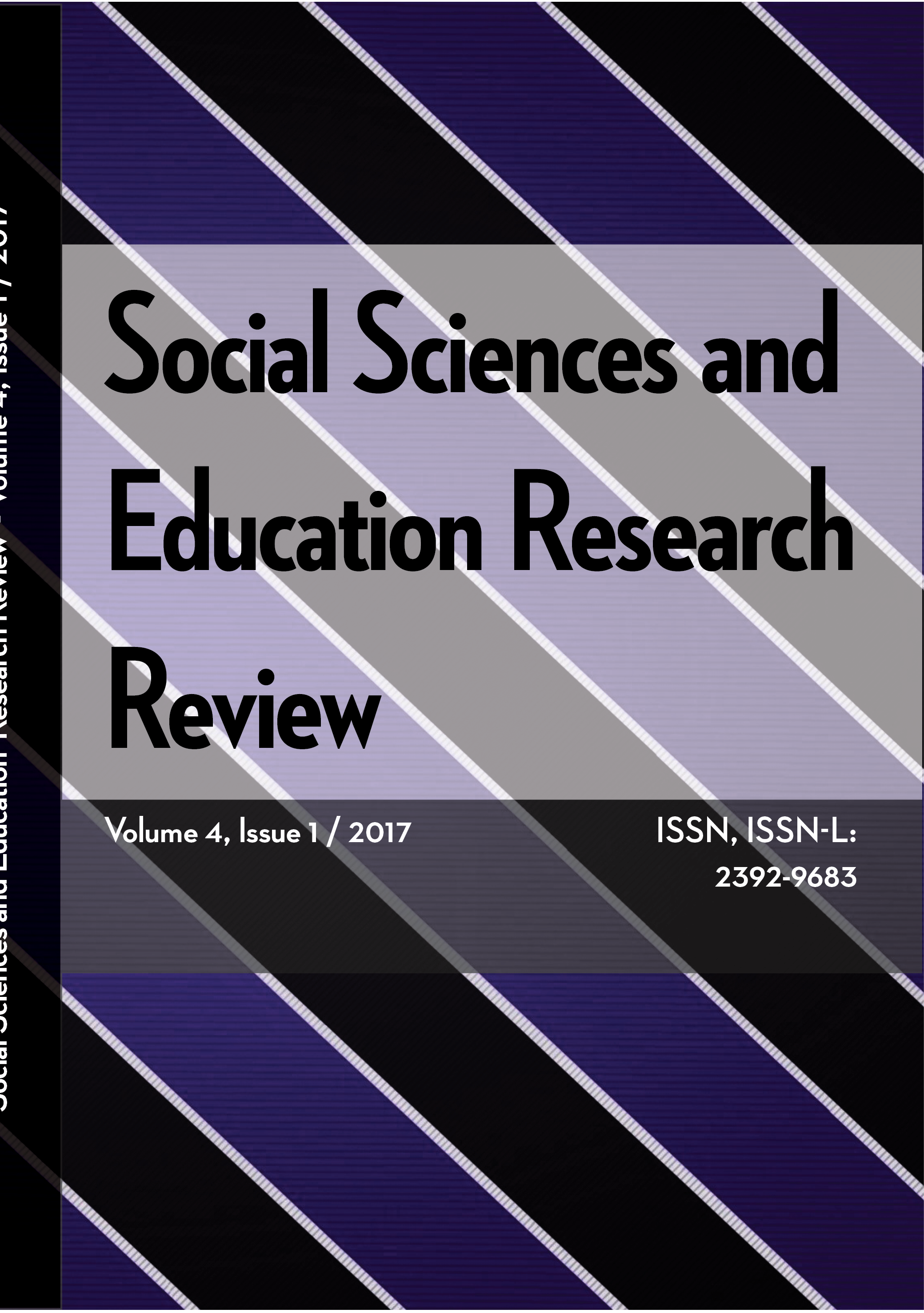CENSORSHIP AND MYSTIFICATION IN THE ROMANIAN DOCUMENTARY DURING THE COMMUNIST ERA
CENSORSHIP AND MYSTIFICATION IN THE ROMANIAN DOCUMENTARY DURING THE COMMUNIST ERA
Author(s): Ionuț SuciuSubject(s): Social Sciences, Media studies, Communication studies
Published by: Editura Sitech
Keywords: documentary; film; censorship; mystification; Communism;
Summary/Abstract: The purpose of this study is to analyse the impact that the communist regime in Romania had on documentaries and on the way film directors were influenced when doing a documentary. It is well known that before 1989 this genre was used mainly for the propaganda, but there were filmmakers who tried to overcome barriers imposed by the censors, using different subtle methods in order to freely express their ideas. Laurenţiu Damian and Copel Moscu were two of them, but their films did not pass the test of censorship and were either drastically modified, or banned, while they were relegated. The reasons were multiple, but were all connected to the way those films would directly or indirectly affect the image of the regime. However, there was also a different category of directors – those who had their homework done even before starting to shoot for a film. This category would sacrifice truth and authenticity in order to have a film that would look good in front of the censors and of the leaders of the regime. In any of those three cases, the result was similar, as the documentary loses its main role – to inform, to analyse, to challenge the viewer.
Journal: Social Sciences and Education Research Review
- Issue Year: 4/2017
- Issue No: 1
- Page Range: 136-148
- Page Count: 13
- Language: English

